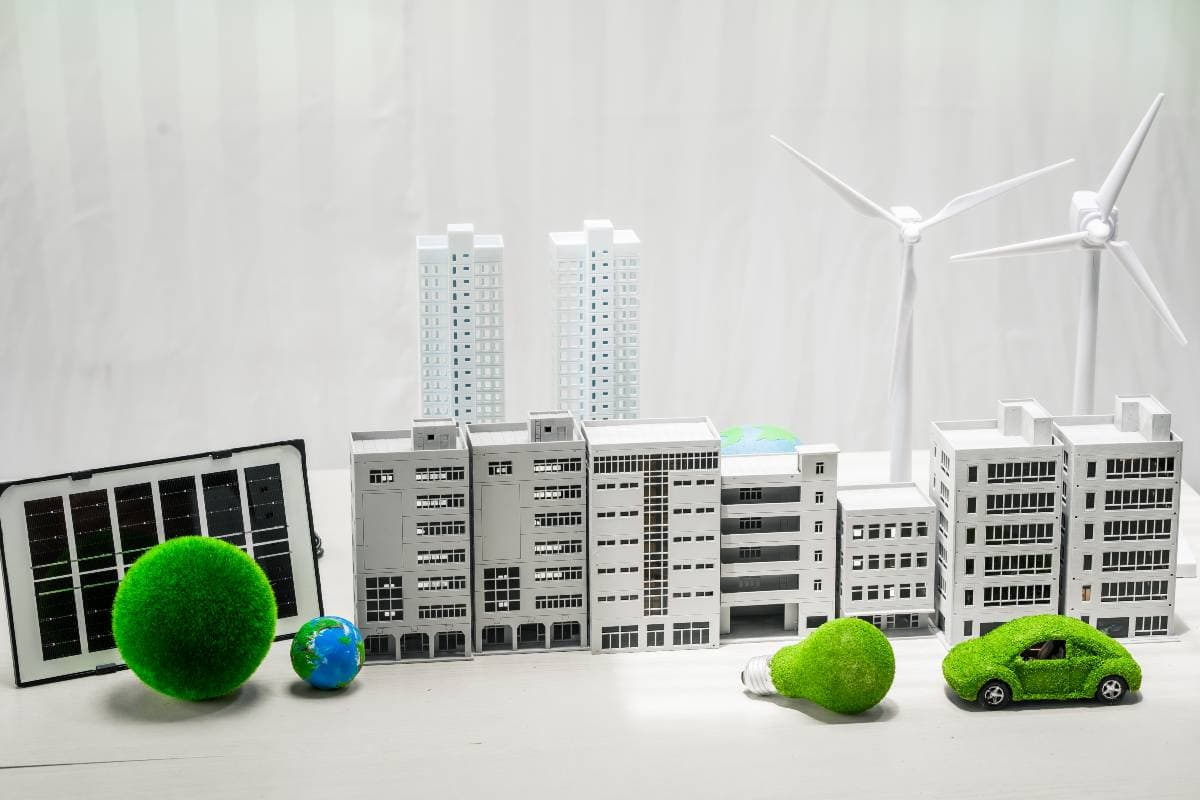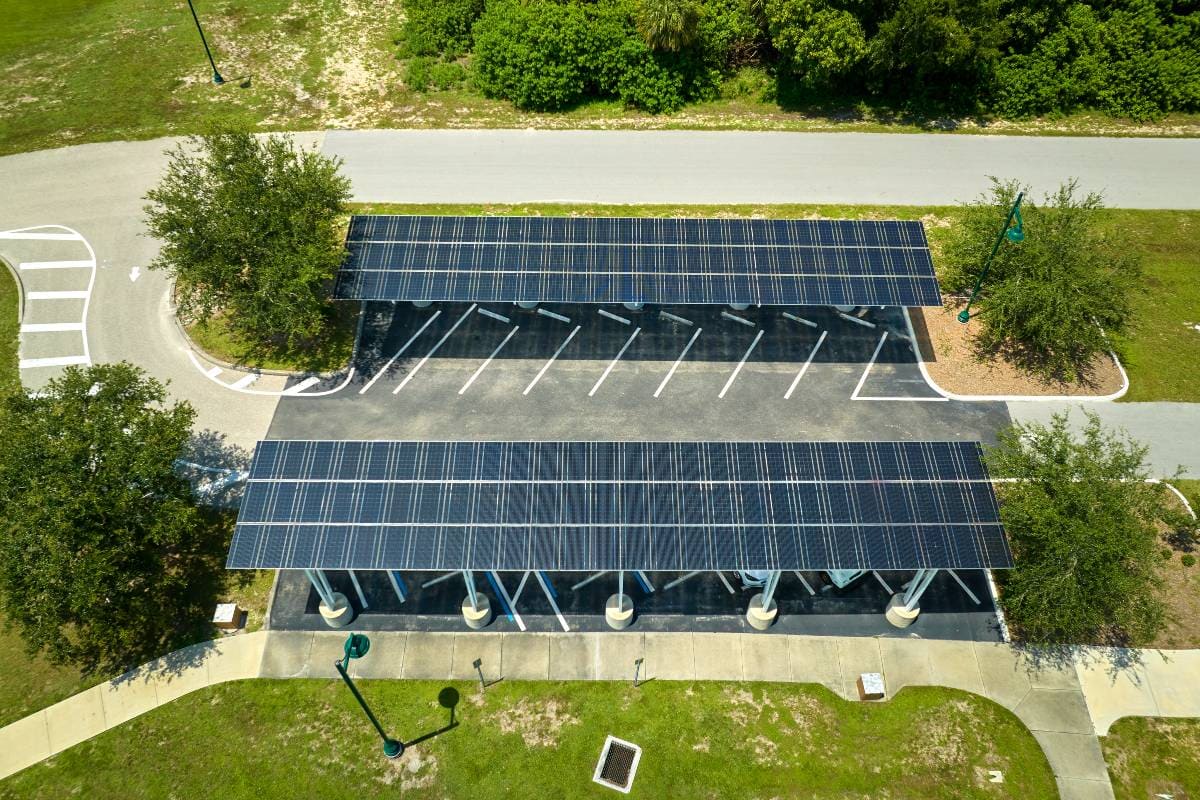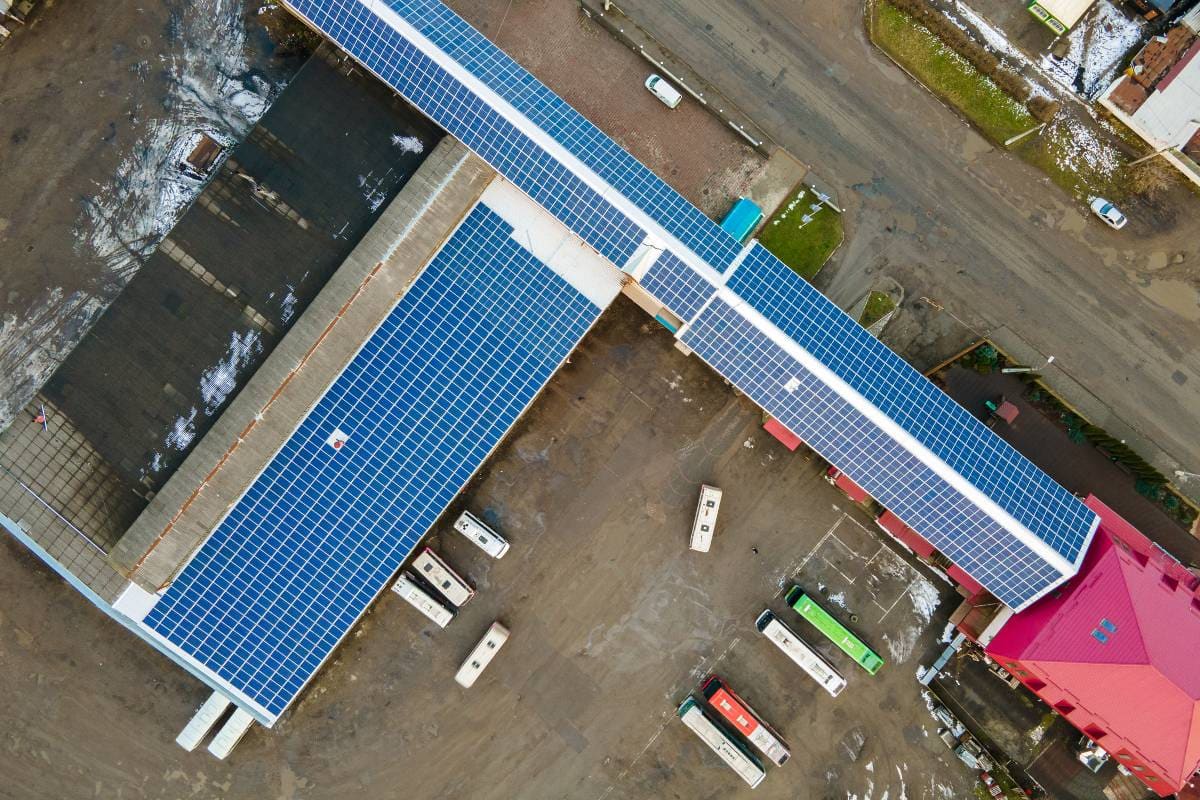We’re diving into the world of energy efficiency in multi-tenant buildings, and trust me, it’s more exciting than it sounds. Why? Because it’s all about saving green – both the environmental and monetary kind!
In my 18 years of commercial real estate experience, I’ve seen firsthand how energy consumption can make or break a property’s profitability. But here’s the kicker: multi-tenant buildings present a unique challenge. It’s like trying to manage a house party where everyone’s dancing to a different tune. But fear not! I’m here to guide you through the maze of smart building systems, regulations, and tenant engagement strategies that’ll have your property running smoother than a well-oiled machine.
Key Takeaways
- Implementing an effective energy plan in multi-tenant buildings can significantly reduce operating costs and carbon footprint.
- Engaging tenants through green leases, submetering, and incentive programs is crucial for successful energy management.
- Leveraging advanced technologies and renewable energy solutions can future-proof your property and increase its value.
Understanding Multi-Tenant Energy Consumption
Let’s start with the basics. Commercial building space is a hungry beast when it comes to energy. We’re talking lights, HVAC, elevators, and don’t even get me started on that one tenant who insists on running their Bitcoin mining operation 24/7 (true story, folks!).
The tricky part? Every tenant has different needs. You’ve got your early birds, night owls, and everything in between. This diversity makes tracking and managing energy use about as easy as herding cats. But here’s the good news: understanding these patterns is the first step to taming the energy beast.
Consider this:
- Office buildings typically see peak usage during the 9-5 grind
- Retail spaces might surge during evenings and weekends
- Mixed-use properties? Well, they’re the ultimate energy-juggling act
The impact on your bottom line and Mother Earth is no joke. High energy costs can eat into your NOI faster than a termite in a lumber yard, while excessive consumption puts a Texas-sized footprint on your carbon footprint.
Regulatory Landscape and Compliance
Now, I know what you’re thinking: “Mike, please don’t talk about regulations. I’d rather watch paint dry!” But stick with me here – this stuff is important, and dare I say, even a bit interesting.
Take New York City’s Local Law 84, for instance. It’s all about energy benchmarking – comparing your building’s performance to others. It’s like a fitness tracker for your property, but instead of counting steps, you’re tracking kilowatts.
Then there’s California, always ahead of the curve with their Title 24 and Multi-Unit Solar Tenant Billing. It’s like they’re playing 3D chess while the rest of us are still figuring out checkers.
The key takeaway? Compliance isn’t just about avoiding fines (although that’s a nice perk). It’s about staying ahead of the game and making your property more attractive to environmentally-conscious tenants. Trust me, in today’s market, that’s worth its weight in solar panels.
Implementing an Effective Multi-Tenant Energy Plan
Alright, let’s roll up our sleeves and get into the nitty-gritty of creating an energy plan that works. First things first: you need to know where you stand. That means conducting an energy audit – think of it as a physical exam for your building.
Once you’ve got the lay of the land, it’s time to set some goals. But remember, we’re not just throwing darts at a board here. We need SMART goals: Specific, Measurable, Achievable, Relevant, and Time-bound. For example, “Reduce overall energy consumption by 15% within the next 12 months.”
Now, here’s where it gets fun (yes, I said fun – don’t roll your eyes at me!). We need to get everyone on board: building owners, property managers, and most importantly, the tenants. It’s like planning a surprise party where the guest of honor is Mother Earth, and everyone’s invited.
Developing a sustainability program isn’t just good for the planet; it’s great for your property’s image. Think of it as a makeover for your building’s reputation. And let’s not forget the roadmap for continuous improvement. After all, energy efficiency is a journey, not a destination.
Technologies Enabling Smart Energy Management
Hold onto your hats, folks, because we’re about to enter the exciting world of smart building systems. I know, I know, “exciting” might be a stretch, but hear me out.
Building management systems (BMS) are like the brain of your property. They control everything from heating and cooling to lighting and security. And with IoT integration, these systems are getting smarter by the day. Imagine a building that knows to turn down the heat when the sun’s shining or to adjust the AC based on how many people are in a room. It’s not science fiction – it’s happening right now!
But the real game-changer? Submetering. It’s like giving each tenant their own personal energy coach. With real-time energy consumption monitoring, tenants can see exactly how much energy they’re using and where. It’s like having a calorie counter for your building – suddenly, everyone’s motivated to cut back.
And let’s not forget about those nifty energy usage dashboards. They turn complex data into easy-to-understand visuals. It’s like turning your energy use into a video game – and who doesn’t love beating their high score?

Renewable Energy Solutions for Multi-Tenant Buildings
Now, let’s talk about everyone’s favorite topic: renewable energy. No, seriously, it’s not just for tree-huggers anymore. It’s a smart business move that can save you some serious cash in the long run.
Shared solar installations are all the rage these days. It’s like a community garden, but instead of tomatoes, you’re growing kilowatts. And with Virtual Grid software, you can easily allocate that sweet, sweet solar energy among your tenants.
But solar is not the only player in town. Battery storage systems are like a piggy bank for energy. They store excess power during off-peak hours and dish it out when demand (and prices) are high. It’s like having your cake and eating it too – if your cake were made of electrons.
Financial Considerations and ROI
I know what you’re thinking: “This all sounds great, Mike, but what’s it going to cost me?” Well, my friend, that’s where things get interesting.
Yes, implementing these energy efficiency measures requires an upfront investment. But here’s the kicker: the ROI can be phenomenal. We’re talking about reduced operating costs, increased property value, and happier tenants. It’s like planting a money tree, but instead of leaves, it grows green bills.
And let’s not forget about those juicy tax credits and financial incentives. Uncle Sam and many state governments are practically throwing money at property owners who go green. It’s like they’re paying you to save money – now that’s a deal I can get behind!
Best Practices for Tenant Engagement
Alright, here’s where the rubber meets the road. You can have the fanciest energy management system in the world, but if your tenants aren’t on board, you’re just spinning your wheels.
The key is education. Host workshops, send out newsletters, and maybe even create a fun mascot (Energy Ernie, anyone?). The goal is to make energy efficiency as exciting as… well, as exciting as it can be.
Green leases are another powerful tool. They’re like a prenup for your building and tenants, but instead of dividing assets, you’re agreeing on energy conservation goals.
And here’s a pro tip: gamification. Turn energy reduction into a competition among tenants. Nothing motivates people like a little friendly rivalry. Maybe throw in a prize for the biggest energy saver – a golden light bulb trophy, perhaps?
Overcoming Common Challenges in Multi-Tenant Energy Management
Now, I won’t sugarcoat it – implementing an energy plan in a multi-tenant building isn’t all sunshine and rainbows. There are some hurdles you’ll need to clear.
First up: the dreaded split incentive. It’s like a game of hot potato, where neither the landlord nor the tenant wants to get stuck with the energy efficiency bill. The solution? Open communication and creative lease structures that benefit both parties.
Then there’s the challenge of managing diverse tenant needs. It’s like being a DJ at a wedding – you’ve got to keep everyone happy without playing Baby Shark on repeat.
Privacy concerns are another biggie. Collecting energy data is crucial, but you don’t want tenants to feel like Big Brother is watching. The key is transparency and robust data protection measures.
Lastly, coordinating retrofits in occupied spaces can be like performing surgery on a patient who’s running a marathon. It requires careful planning, clear communication, and maybe a bit of creative scheduling.
Case Studies: Successful Multi-Tenant Energy Plans
Let me tell you about a 200,000 sq ft office building in downtown Chicago. They implemented a comprehensive energy management system, complete with submetering and tenant engagement programs. The result? A 30% reduction in energy use and significantly happier tenants. It’s like they found the holy grail of property management.
Or how about that mixed-use development in San Francisco?
They went all-in on renewable energy, installing a massive solar array and battery storage system. Now they’re not just energy-efficient; they’re practically off the grid. Talk about a power move!
Future Trends in Multi-Tenant Energy Management
Buckle up, folks, because the future of energy management is looking brighter than a solar panel in the Sahara.
AI and machine learning are set to revolutionize how we optimize energy use. Imagine a building that learns and adapts to usage patterns faster than your Netflix recommendations.
Smart city initiatives are also on the horizon. Soon, your building won’t just be talking to itself; it’ll be communicating with the entire urban ecosystem. It’s like your property is joining a really eco-friendly social network.
And let’s not forget about blockchain. It might sound like something out of a sci-fi novel, but it’s set to shake up energy trading and management in a big way.

The Role of Certifications and Standards
Last but not least, let’s talk about certifications. LEED, ENERGY STAR – these aren’t just fancy badges to slap on your building’s brochure. They’re powerful tools that can boost your property’s value and attract top-tier tenants.
Think of these certifications as a report card for your building. A high score doesn’t just mean you’re doing good for the planet; it means you’re running a tight ship. And in this market, that’s worth its weight in gold-plated solar panels.
FAQs
How does energy benchmarking benefit multi-tenant building owners?
What are the key components of an effective multi-tenant energy plan?
How can property managers engage tenants in energy conservation efforts?
What role does submetering play in managing energy consumption in multi-tenant buildings?
How does energy efficiency impact the value of multi-tenant commercial properties?
Conclusion
From the basics of multi-tenant energy consumption to the cutting-edge trends shaping the future of building management, we’ve explored it all.
Remember, implementing an effective energy plan isn’t just about saving the planet (although that’s a pretty awesome bonus). It’s about boosting your bottom line, attracting quality tenants, and staying ahead of the regulatory curve.
Ready to supercharge your multi-tenant property’s energy efficiency? I’m here to help! Let’s schedule a consultation and develop a tailored energy plan that will have your building running leaner, greener, and more profitably than ever before. Don’t wait – the future of real estate is energy-efficient, and the time to act is now!




